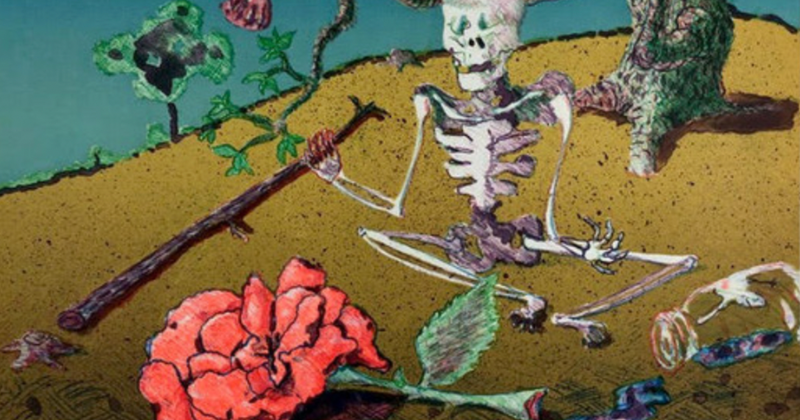When the waters rise above the doors of the Chicago Cli-Fi Library at the University of Chicago and books beg to be let in, a key question asked by the gatekeepers will be “what is climate fiction?”
As extreme weather continues to ravage various places on the globe at once—20 feet of snow here, an ancient forest of burning redwoods there—the media and literary world has embraced so-called “climate fiction” or—and I am sorry—”cli-fi.” But this raises the question of what exactly qualifies.
Dan Bloom claims responsibility for the coinage, and described it as follows:”Cli-fi is a new genre term for novels, short stories and movies that stands for works of art and storytelling that deal with climate change and global warming concerns.”
So, does it have a political purpose? Author Allegra Hyde (Eleutheria) argued recently that “by calling a work of literature climate fiction, you’re naming an aspect of the subject matter and making it legible. This visibility is useful.”

Often, the works that receive the designation are of the environmental dystopia variety (once you torch the sky you cannot go back), and the further we go down the wormhole, we see it isn’t anything new. J.R Burgmann’s book Children of Tomorrow mentions Margaret Atwood and other novelists as masters of speculative climate fiction whose stories are “old realisms no one heeded.”
Yesterday’s classics; today’s climate-fiction forefathers.
Rick Morton recently made the case that John Steinbeck wrote climate fiction:
It would be too neat to observe that Grapes of Wrath begins with the El Niño pattern into which we are likely to slide, again. Too neat, I say, because it was actually a La Niña at the time of the Black Blizzards that swallowed the top-soil from the Great Plains and spat it out across the continent. There was a bit else going on, and this model from researchers published in the Proceedings of the National Academy of Sciences USA found that anomalous sea surface temperatures [SSTs] combined with “land-surface feedbacks” as a result of crop failures in the newly opened farming frontier explain much of what actually happened at the time.
Worsening climate and rising seas seem mostly to have become something people otherwise impervious to the issue have had to recognize in recent years. “We’ve already survived an apocalypse,” Rebecca Roanhorse, author of Black Sun, who is of Ohkay Owingeh Pueblo descent, pointed out to the New York Times several years ago.
In a similar vein, Mark Dery asked in 1994 of climate-linked Afro-futurism, “Can a community whose past has been deliberately rubbed out, and whose energies have subsequently been consumed by the search for legible traces of its history, imagine possible futures?”
The literary tradition (let’s call it) complicates the way writers talk about the environment because the Western place names go back decades and centuries and represent a rupture from the old land. For example, old Indigenous place-names used to contain information about how to caretake those places:
“Diné stories say that Dook’o’oosłííd (“perpetually covered with snow”), colonially known as the San Francisco Peaks, rose from the underworld. “We have to show the proper reverence for these places. So we don’t pollute them,” said [poet laureate of the Navajo Nation Laura] Tohe.
Agents are now calling for cli-fi subs, which means that a degraded environment and the neologism “cli-fi” are things we shall have to live with.
If cli-fi is a marketing term of art, does it undermines the mission of the fiction? Is the idea of writers writing an Arctic cli-fi fairytale (just an idea) to fill a gap dystopian in itself? When did we realize that things were bad enough that this new genre had mass-market potential, via an increase in relevance? Just some depressing exercises in thought for those mulling this! I welcome your suggestions for alternate genre titles.

FWIW, the Cli-Fi library simply groups the artworks as “new ways of grappling with our relationship to a rapidly changing world.”
